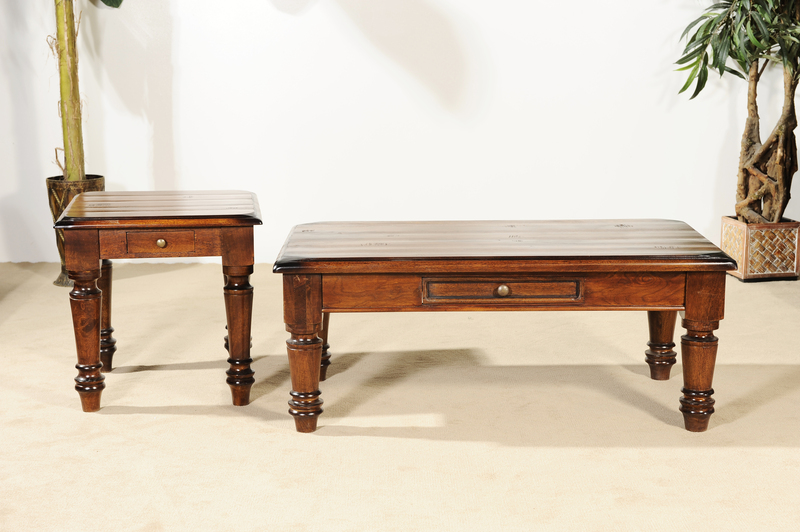Best Practices for Disposing of Unwanted Pots and Pans
Do you have unwanted pots and pans cluttering up your kitchen cabinets? Whether you're upgrading your cookware, downsizing, or simply decluttering, figuring out what to do with old or unusable pots and pans can be challenging. Fortunately, there are environmentally friendly and practical approaches you can take to dispose of your kitchenware. This comprehensive guide explores the best practices for disposing of unwanted pots and pans, ensuring you make choices that benefit both your community and the planet.
Why Proper Disposal of Pots and Pans Matters
Most cookware is made from metals like aluminum, stainless steel, copper, or nonstick surfaces. Improper disposal may harm the environment, contribute to landfill waste, or even expose toxins. Proper disposal of old cookware not only conserves resources but can also help others in need.
- Reduces landfill waste by recycling valuable materials.
- Fosters a circular economy through reuse.
- May benefit local charities and families.
- Protects the environment by diverting heavy metals and coatings from landfills.

Assessing the Condition of Your Cookware
Before you decide how to dispose of your old pots and pans, evaluate their condition. The path you choose will largely depend on whether your items are still usable or if they can only be recycled. Use these three simple criteria:
- Functionality: Are the handles secure? Does the cookware maintain its shape?
- Surface Wear: Are there deep scratches, warping, rust, or nonstick coating degradation?
- Cleanliness: Is the cookware free of build-up and residue?
If your pans still work well, consider reuse and donation. Severely damaged or unsafe cookware is better suited for recycling or creative repurposing.
Best Ways to Get Rid of Old Pots and Pans
Let's explore the top methods for disposing of unwanted pots and pans in an environmentally-conscious and socially responsible way.
1. Donate Usable Cookware
If your cookware is in good shape, giving it a second life can make a significant difference for local families. Consider these donation options:
- Charity Thrift Stores: Organizations such as Goodwill, Salvation Army, and local church resale shops often accept clean, functional cookware.
- Shelters and Food Banks: Homeless or family shelters and community kitchens may need basic cookware to help those in transition.
- Online Giveaways: Use platforms like Freecycle, Facebook Marketplace, or Buy Nothing groups to find someone who can use your items.
Tip: Wash all items thoroughly and check the organization's current needs before you donate.
2. Sell or Swap Unwanted Pots and Pans
Sometimes, your old pots and pans still have resale value. You can try:
- Garage or yard sales, which are perfect for moving a batch of household goods at once.
- Online marketplaces, such as eBay, Craigslist, and Facebook Marketplace, where vintage, specialty, or high-quality cookware may be in demand.
- Swapping events, hosted by community groups or friends, where you can trade your items for something you need.
Remember to accurately describe the condition, including any flaws, and upload clear photographs.
3. Recycle Your Old Cookware Responsibly
Most pots and pans are made of recyclable metals. Unfortunately, curbside recycling programs typically do not accept cookware due to size, weight, or mixed materials. However, there are several eco-friendly recycling solutions:
- Scrap Metal Yards: Search for a local scrap metal facility using resources like Earth911.com. Call ahead to confirm which materials they accept.
- Manufacturer Take-Back Programs: Some brands (such as Calphalon and TerraCycle) run recycling programs. Check their websites for mail-in or drop-off details.
- Community Recycling Events: Municipalities sometimes organize special collection days for hard-to-recycle items, including cookware.
Tip: Remove any plastic or rubber handles if possible, as they may need to be disposed of separately.
4. Upcycle or Repurpose Old Pots and Pans
Unleash your creativity! Thanks to their sturdy build, old pots and pans can be given a new life as functional or decorative objects. Here are popular upcycling ideas:
- Planters: Drill drainage holes in the base and use as quirky garden planters or herb pots.
- Bird Feeders or Baths: Hang an old frying pan outdoors or convert a shallow pan into a birdbath.
- Wall Art: Paint and decorate old cookware to create unique kitchen wall hangings or clocks.
- Craft Storage: Use deep pots as organizers for art supplies, tools, or other household items.
*Upcycling not only keeps cookware out of the landfill but also adds character to your home or garden!*
How to Prepare Pots and Pans for Recycling or Donation
To ensure your unwanted cookware is ready for its next journey, follow these steps:
- Clean thoroughly. Remove food residue, grease, and stains from both the interior and exterior.
- Check for non-metal attachments. Remove plastic, rubber, glass lids, or wooden handles if required by the recycling center.
- Separate by material. If you're recycling several types, group aluminum, stainless steel, and copper items for easier processing.
- Research requirements. Contact your local recycling facility or charity to verify their guidelines for accepting pots and pans.
Frequently Asked Questions About Disposing of Unwanted Cookware
Can Nonstick Pans Be Recycled?
Nonstick pans (Teflon, ceramic-coated, etc.) require special handling due to their coatings. While the underlying metal can be recycled, many programs require the coating to be removed. Some manufacturers have take-back programs specifically for nonstick cookware. Always check with your recycling center before dropping off nonstick pans.
Are Old Pots and Pans Safe to Donate?
Yes, provided they are clean, structurally sound, and free of serious damage. However, if nonstick coatings are flaking or there's significant rust or warping, it's better to recycle or upcycle rather than donate.
Can Cast Iron Skillets Be Recycled?
Absolutely! Cast iron is valuable in scrap metal recycling. If your cast iron skillet is too damaged for reuse or restoration, take it to a scrap yard--it's 100% recyclable.
How Can I Tell if My Cookware is Aluminum or Stainless Steel?
Aluminum is lightweight and usually has a dull, silvery finish, while stainless steel is heavier and shinier. If you're unsure, try the magnet test: magnets stick to stainless steel but not aluminum.
What Not to Do: Common Mistakes in Disposing of Pots and Pans
While it's tempting to toss unwanted cookware in the trash, resist the urge! Here are mistakes to avoid:
- Throwing metal cookware in the household trash. This accelerates landfill waste and squanders recyclable resources.
- Leaving items at recycling bins unapproved for scrap metal. Regular curbside bins are not equipped to process large or bulky metals.
- Discarding unsafe cookware as donations. Always check items for safety before donating to avoid burdening charities with unusable goods.
- Mixing materials during recycling. This can complicate recycling processes or lead to contamination.
Environmentally Friendly Disposal Options in Your Area
Disposal options vary by location. To find local solutions, try these resources:
- Contact local recycling centers to ask about drop-off or special collection events for metal cookware.
- Use digital directories like Earth911 or your municipality's waste management site to locate nearby scrap yards.
- Reach out to local charities, churches, or shelters to inquire about current needs for cookware donations.
- Check your favorite cookware brand's website for manufacturer recycling or take-back programs.

Sustainable Cookware Choices for the Future
After responsibly disposing of your unwanted pots and pans, consider future purchases carefully. Opting for high-quality, durable cookware made from recyclable materials benefits both your kitchen and the environment. Here's what to look for:
- Stainless steel and cast iron are long-lasting and 100% recyclable.
- Choose brands offering take-back programs or that use recycled materials in manufacturing.
- Repair or refurbish old cookware when possible to extend its lifespan.
Conclusion: Making a Positive Impact by Disposing of Cookware Responsibly
Learning the best practices for disposing of unwanted pots and pans helps you reduce waste, protect natural resources, and support your community. Whether you choose to donate, resell, recycle, or upcycle, your actions--however small--contribute to a more sustainable world.
The next time your kitchen needs an overhaul, keep this guide handy. Share your experiences disposing of old cookware and join the movement for greener, cleaner kitchens everywhere!
Remember: Small actions--like properly disposing of just one pot--can make a remarkable difference in building a sustainable future.
